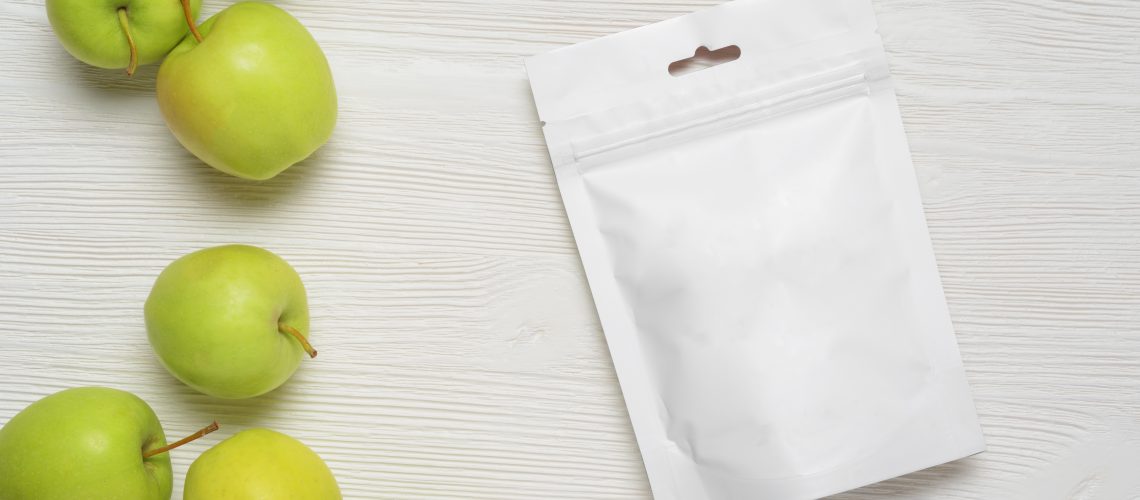Attitudes are changing towards sustainability as fast-moving consumer goods (FMCG) companies and retailers are committing to sustainable packaging, and regulatory bodies start moving decisively on the issue.
One of the best definitions of Sustainable Development was given at the Rio ‘Earth Summit’ in 1992 by chairperson Gro Harlen Brundtland. She stated that sustainable development is the development that meets the need of the present generation, without compromising the needs of future generations.
Importantly, what matters to the consumer, should be just as important to the brands that supply to them.
- Meeting Consumer Expectations & Current Standards
Sustainable packaging design is critical as consumers focus on the environment and the circular economy. Consumers are prioritising brands that are sustainable, transparent, and aligned with their own core values. If they lose trust in the brand, or if it fails to meet up to their own ideals, they will take their loyalty elsewhere. Customers are willing to change purchasing habits to help reduce their own negative environmental impact. One of the driving forces behind this are Gen Z and millennial consumers looking for sustainable and organic products.
- Optimising Material Performance
Companies that want to win over eco-conscious consumers are striving to meet demand for sustainable packaging. Here, successful implementation of sustainable packaging involves a perfect blend of business objectives and considerations with environmental concerns throughout the lifecycle of packaging. Activities in the design and supply of packaging requires transformation, innovation, and optimisation, within a circular value chain model.
- The Costs of Sustainable Packaging
Even if consumers have the best intentions, price remains an issue, and products should be at a price point that appeals to consumers. This is even more apparent when looking at age; affordability is more important for older consumers aged 55-64 than consumers aged 16-24. Younger generations grew up during the height of the sustainability crisis and are more eco-conscious than their older counterparts. The consumer’s price-conscious nature presents a significant challenge for manufacturers and brands to overcome. New environmentally friendly alternatives tend to have a higher cost attached to them, so unless there’s a way to avoid passing these extra costs on to the consumer, brands may face an uphill battle getting consumers on board.
- Packaging is Crucially Important
Sustainable packaging minimises environmental harm and addressing this issue is necessary for brands looking to safeguard their business and meet consumer expectations. Holistic solutions that focus on consumer needs and changing habits will create a packaging experience that plays beyond mere convenience. Remember, consumers are identifying recyclability as a critical packaging feature.
- Infrastructure Development for Public Authorities
Care for the environment should be a wake-up call for authorities because sustainability isn’t just another buzzword to be bandied about. Consumers genuinely care, and they’re expecting more from their governments. Instructions on how to dispose of a product for instance, can create a shared experience with consumers, and authorities that are transparent and informative about where to recycle products, will resonate well with communities. Globally, government bodies, should impose stricter rules and regulations on driving sustainable packaging, leading the way into the future.
In conclusion, for the successful implementation of sustainable packaging, manufacturers and government bodies should focus on the circular value chain to promote the elimination of waste while championing the safe use of natural resources. Within this circular business model are the 10R principles (Refuse, Rethink, Reduce, Reuse, Repair, Refurbish, Remanufacturing, Repurpose, Recycle, Recover). Sustainable packaging is a core part of these needs.


